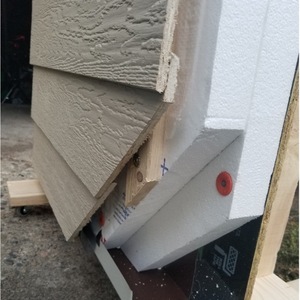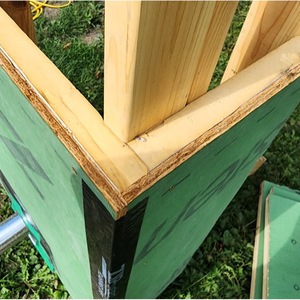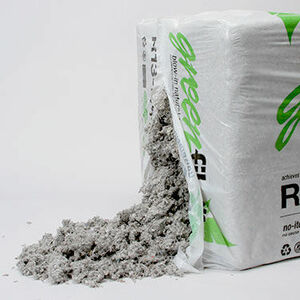
When it comes to insulation these days, there are lots of choices. GBA member Jkaplan215, who lives on Long Island, NY, (Climate Zone 4A), is facing some decisions regarding his new “forever” home, as he explains in this Q&A thread. The structure is framed and sheathed with plywood. He isn’t looking to achieve Passive House certification but wants a high-performance building; and he doesn’t want to spend tons of money.
He gets lot a of advice. His contractor recommends closed-cell foam in the walls and Henry Blueskin for the water-resistive barrier (WRB). Jkaplan215’s colleagues from the renewable energy industry suggest exterior rigid insulation and dense-pack cellulose or open-cell foam in the walls, and to avoid closed-cell foam altogether.
He admits he doesn’t have an idea of the differences in cost between those options, but that he’s considering 1-in.-thick rigid EPS or GPS foam exterior insulation and either open-cell foam or cellulose for the stud bays.
He has other questions and concerns, including:
Should he have a house wrap under the rigid insulation?
Can Hardie lap siding be nailed directly over the rigid insulation board?
Is GPS (Neopor) worth the money?
Will dense-pack cellulose settle after installation? What about potential water damage? His contractor has no experience with cellulose.
The topic of this Spotlight: What are the best insulation choices for Jkaplan215?
Reasons not to use spray foam
The first responder, nynick, says he’s had good results using both open- and closed-cell foam, the latter being popular due to its ease and effectiveness. Most of the others responders disagree. Akos suggests that spray foam is not a good idea. In a wall assembly with peel-and-stick WRB, spray foam won’t increase the air-sealing, it’s expensive, and you can’t always rely on a perfect installation.
Weekly Newsletter
Get building science and energy efficiency advice, plus special offers, in your inbox.

This article is only available to GBA Prime Members
Sign up for a free trial and get instant access to this article as well as GBA’s complete library of premium articles and construction details.
Start Free TrialAlready a member? Log in















0 Comments
Log in or become a member to post a comment.
Sign up Log in